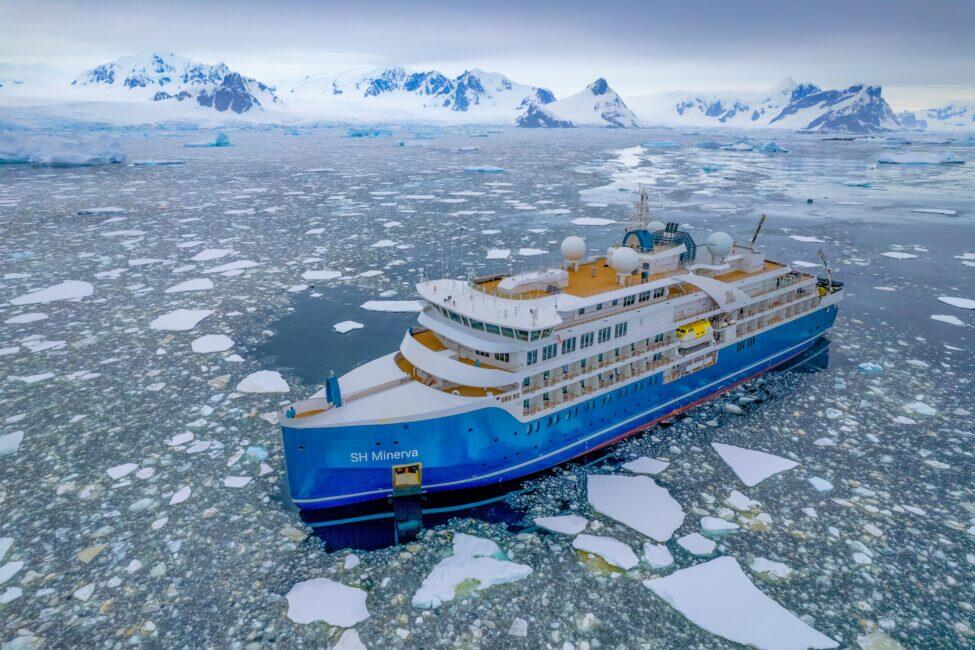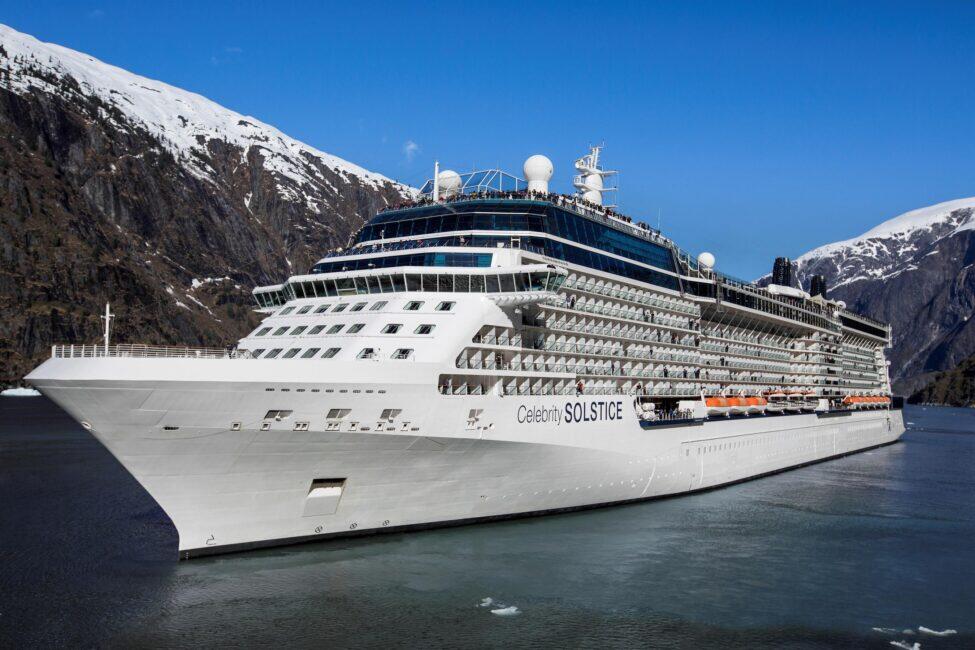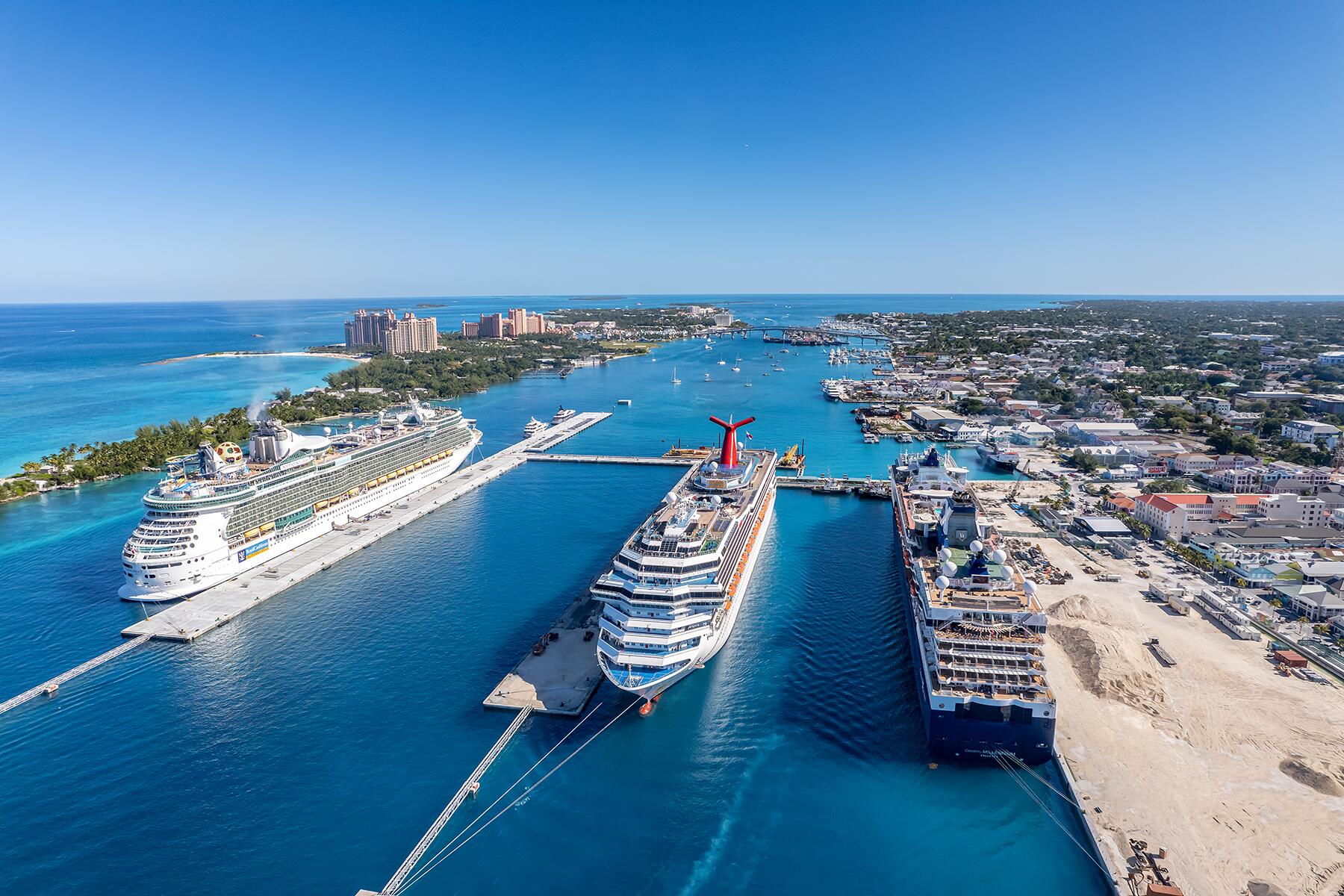Cruise ships have gotten a lot greener in the past few years, but will cruising ever be considered environmentally friendly?
For many years, cruising has posed quite an ethical dilemma for travelers who care about the planet. But the tide is changing. Thanks to cleaner fuels, the ability to connect to clean shore power while docked in port, safer water treatment processes, and waste reduction technologies, cruising is beginning to get, if not environmentally friendly, at least not an abject disaster for the planet.
I never wanted to cruise. I prefer renting an apartment in the heart of a new place, exploring on foot, and using public transportation. I like to fly, rent a car, and make my own schedule. Then, I cruised once with my kids when they were little, and we all fell in love with the potential inherent in a cruise vacation. We could try new foods (and encourage my children to do the same) without any financial risk, unpack just once, and have easy transportation to exciting new cities and islands where we would choose our own adventures.
Maybe I got caught up in the fun, the kid’s camps and waterslides, Broadway-style musical theater, and 24-hour soft serve, but for whatever reason, even though I love trees, clean air and water, community gardens, and the environment at large, I honestly never thought of the environmental impact of cruises. Cruising made the world small and helped me and my kids develop a heightened sense of human empathy and understanding. It was truly great, but soon, I began reading and hearing stories of pretty heinous environmental practices from cruise lines that seemed more dedicated to profiteering than protecting the planet.
Recommended Fodor’s Video

My kids said no more, but I was still a working travel writer, so I continued to cruise and write about new ships; however, now I was paying close attention to the technological advancements being promised that would hopefully someday bring my kids back on board and possibly be enough for other environmentalists to choose a cruise vacation.
The newest ships that have hit the water since travel began again *after* the pandemic and those on deck to arrive soon are not only stocked with headline-grabbing features like zip lines, ice skating rinks, and three-deck go-kart tracks but a slew of eco-friendly tech too, things that most guests will never see but that are helping to bring cruising forward by leaps and bounds and lessen their carbon footprint, so to speak.
Take the Royal Caribbean Icon of the Seas, for example. What will be the largest-ever passenger ship when it debuts later this year runs on liquified natural gas (LNG), an odorless and non-toxic fuel that produces 30% less carbon dioxide than oil. LNG is currently the cleanest fossil fuel available, and when ships convert to it, they are inching the industry toward a greener future.
The port city of Amsterdam recently made a splash by banning large cruise ships because of the negative environmental impact they were having while docked in the heart of the city. New ships like Icon help to keep port cities cleaner because they can now connect to shore power instead of idling like a gas-powered car in a driveway. During a phone call with Nick Rose, VP of Environment Services at Royal Caribbean, he indicated that while this option is a potential game changer for the environmental friendliness of cruising, Royal Caribbean will only be plugging into the power grid on land if that power if being derived from clean sources, making me think that the company isn’t just after positive press but actual positive change.
And finally, like something out of The Jetsons TV show, Icon also converts waste into fuel that burns cleaner through cruising’s first microwave-assisted pyrolysis (MAP). In this process, biosolids (umm, like your poop after an aggressive night at the buffet) are converted into energy that replaces typical marine gas and helps to reduce the ship’s CO2 emissions. These changes are objectively good for cruisers who want to vacation without guilt and for the environment. And Rose assured me that even more is being developed to make cruising more environmentally friendly, with advancements that go far beyond antiquated government rules and regulations.

Meanwhile, on the Beyond and other Edge series ships from Celebrity, there are over 5,000 live plants inside and out. These are found most notably inside Eden, the most remarkable room at sea with a towering Library of Plants and hanging plant pillars. The design of this space is more in tune with the environment than anything I’ve seen, using fractal patterns that are found throughout nature. When you’re on board this ship, which in my opinion is the finest at sea, you feel like Mother Earth simply matters more here than when you get on a plane or take a road trip, other popular but equally environmentally questionable methods of vacationing.
I spoke with Joanna Gonzalez-Guerra, AVP of Architectural Design, Newbuild & Innovation for Celebrity ships, and she’s excited about the environmentally positive future of cruising, noting that cruisers are only peeking at the tip of the iceberg as far as how cruising is getting more eco-conscious. She notes that the forthcoming fifth ship in the Edge series, for example, will be the most energy-efficient yet and mark, “The first meaningful step on our journey to methanol as a net zero fuel with the goal of a net-zero new ship built by 2035.” Gonzalez-Guerra added that the as yet unnamed vessel will be, “Capable of ultra-low emissions while in port and during low-speed cruising due to our Tri fuel Engine.”
Furthermore, and possibly most exciting to me, is that the Royal Caribbean Group is creating a program to advance sustainable design within staterooms and public space. They will do this by focusing on sourcing sustainable materials that meet IMO regulations by creating a circular economy that relies on recycling and repurposing materials that come off a ship. Basically, this will mean that when old carpets, fixtures, and furniture have aged out and need to be swapped out for new, fresh designs, those old pieces won’t be tossed into a landfill but thoughtfully brought back to life as new pieces and then brought back onto ships.
Is this enough to get people who are concerned about the planet on board one of these new ships? Only time will tell, but even though I’m a naturally cynical person with some serious trust issues when it comes to corporate America, I do believe in these hi-tech advancements and environmental endeavors.
I am wrestling less with my moral cruising dilemma, and I’m looking forward to stepping on board Viva, Norwegian’s new and most eco-friendly ship, later this summer. My kids, now 19 and 16, are once again getting excited about the prospect of eating ice cream whenever they’d like and having their own DIY adventures on land, thanks to being moved around the world on greener cruise ships.





